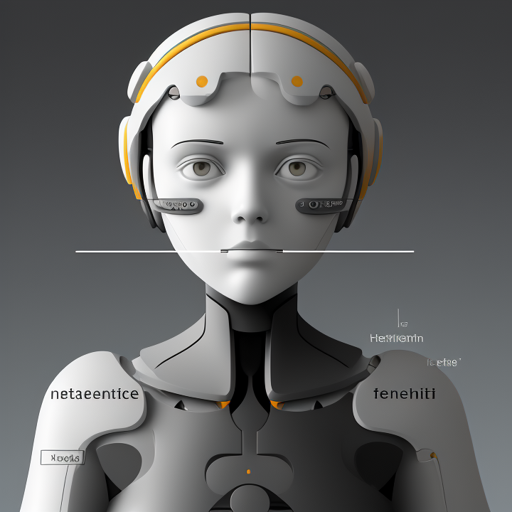In this guide, we will walk through using the DKbert model for detecting hatespeech in Danish. This powerful language model leverages the nuances of Danish language to help identify hateful content in textual data.
Getting Started with DKbert
Before we begin, ensure you have Python installed along with pip for package management. You can then set up the DKbert model for hatespeech classification following these steps:
- Clone the repository from GitHub: DK hate GitHub.
- Install the necessary dependencies required for the model.
Understanding the Training Data
The training data used for DKbert comes from the OffensEval2020 dataset, which focuses on identifying abusive language and hatespeech. For more details on the dataset, visit: OffensEval2020 dataset.
Model Performance
The DKbert model provides impressive metrics as follows:
- Macro F1-score: 0.78
- Precision for hateful content: 0.77
- Recall for hateful content: 0.49
These metrics indicate that the model can identify hateful content effectively, although it may occasionally miss some instances as shown by the recall score.
Training Procedure
In the training of the DKbert model, specific parameters were used to optimize its performance. Let’s break it down:
- Base Model: BOTXO Nordic Bert
- Learning Rate: 1e-5
- Batch Size: 16
- Max Sequence Length: 128
This setup ensures that the model has the appropriate context and scales effectively for training on the hatespeech dataset.
How Does It All Work? An Analogy
Imagine teaching a child to identify dangerous animals in a zoo. You begin by showing them pictures of lions and tigers, explaining that these animals can be harmful. However, in the vast array of animals, the child may not remember all the details about every dangerous animal. Sometimes, they might mistake a harmless-looking animal for a dangerous one, and this is similar to how the DKbert model identifies hatespeech. It learns from examples in training but may not catch every instance perfectly. Precision measures how often the model’s predictions were correct (like the child labeling animals), while recall reflects how many actual dangerous animals it recognized.
Troubleshooting
If you encounter issues while setting up or running the DKbert model, try the following solutions:
- Ensure all dependencies are installed correctly; sometimes, library versions can cause conflicts.
- Check the available memory on your device, as larger datasets require substantial resources.
- If the model does not perform as expected, revisit the training parameters and dataset quality.
For more insights, updates, or to collaborate on AI development projects, stay connected with fxis.ai.
Conclusion
With the DKbert model, identifying hatespeech in Danish becomes a structured and systematic process. By understanding the data, training process, and performance metrics, you can effectively harness the power of this model.
At fxis.ai, we believe that such advancements are crucial for the future of AI, as they enable more comprehensive and effective solutions. Our team is continually exploring new methodologies to push the envelope in artificial intelligence, ensuring that our clients benefit from the latest technological innovations.

